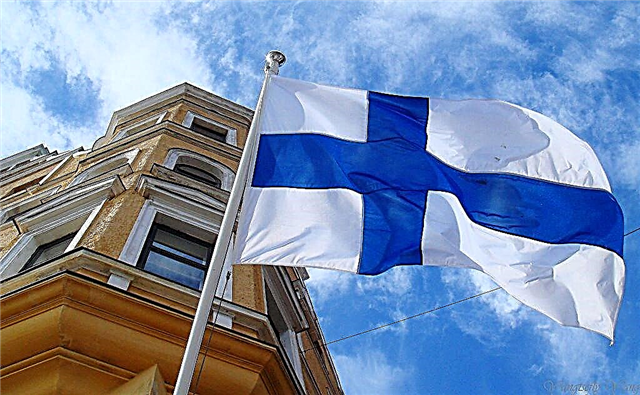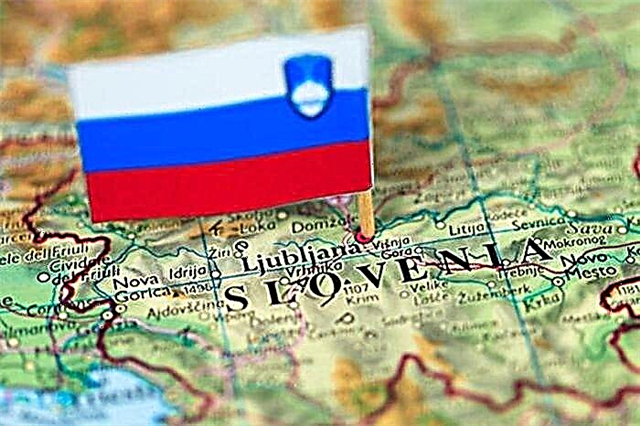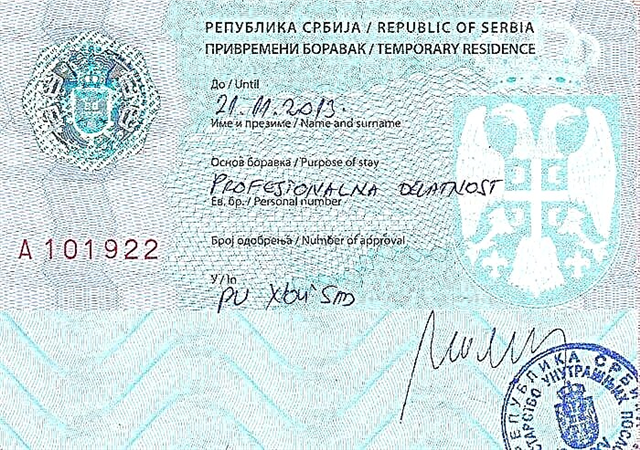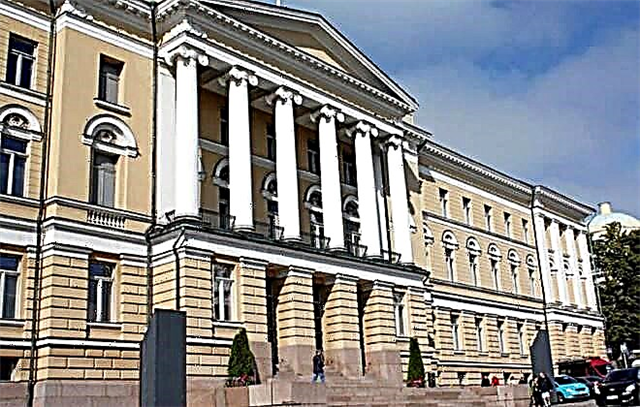If you want to get a quality European education, it is important to choose the right educational institution. The University of Helsinki in Finland might be one suitable option.

Leading University in Europe
The University of Helsinki is one of the oldest universities in Europe. It was founded in 1640 in the city of Abo (Turku), which at that time was under the protectorate of Sweden, and since 1809, when Finland was annexed to the Russian Empire, it became one of the best educational institutions in Russia. After the fire of 1827, which destroyed a large part of the city of Abo, the university was moved to Helsinki.
Among the famous teachers are the founder of plastic surgery Julius Shimanovsky, the founder of Finnish choral singing Heikki Clemetti, philosopher Wilhelm Bohlin, historian Onni Okkonen, geologist Viktor Axel Hackman. The University of Helsinki studied composer Jan Sibelius, Nobel laureate Bengt Holmström, the country's first woman president Tarja Halonen, creator of the Linux operating system Linus Torvalds.
Currently, it is the largest public university and research center in Finland, which is included in the top 100 World University Rankings-2018 and the League of European Research Universities (LERU), and is also considered one of the world leaders in the field of multidisciplinary research.
Faculties and specialties
The university has 11 faculties. They study agriculture and forestry, biology and ecology, medicine, law, pharmacy, pedagogy, veterinary medicine, theology, social sciences. There is also a faculty of natural sciences (physics, chemistry, mathematics, computer technology) and arts.
Students receive education at the undergraduate, graduate and doctoral levels.
A wide range of specialties is provided, among which are not only traditional, but also ultra-modern: for example, space technologies, seismology, high-level spectroscopy in chemistry, modeling of molecules and nanosystems, geoinformatics, semiotics, ethnic integration, global communication.
The faculties of the University of Helsinki have research bases throughout Finland and beyond. More than 31,000 students study at the university, including about 2,000 foreigners. For students from abroad, 33 master's and 32 doctoral programs are offered with teaching in English.
Conditions of admission
Admission to a Finnish university for citizens of Russia and other post-Soviet states is possible if they meet the requirements for foreign students. To do this, you must have a certificate of complete secondary education in your home country or a bachelor's degree (for admission to a master's program), and have good command of English (IELTS - at least 6.0, TOEFL - 550).
Admission is carried out according to the results of a competition of certificates and entrance examinations. The competition is very high, and only 15% of applicants become students.
Documents for admission to a bachelor's degree are accepted from November 19 to January 31, for a master's degree - in December, for a doctoral degree - from February 1 to 14 and from April 2 to 15. Some international doctoral programs require applications in September.
To find out the details regarding admission, and the timing of exams at different faculties, you need to go to the official website of the University of Helsinki.
Tuition payment
Foreigners who are citizens of EU countries, countries of the European Economic Area and Switzerland, as well as have permanent residence status in these countries, can study at the University of Helsinki for free. For students from all other countries, tuition is paid.
In undergraduate studies, teaching is conducted in Finnish or Swedish. The programs are designed for 3 academic years. In the fall of 2021, the first undergraduate programs in English will open at the Faculty of Natural Sciences.

Master's programs in Finland are also available in English. The term of study for all offered programs is 2 years. The cost of training is 13,000-18,000 euros per year, depending on the specialty. Payment is made for a full academic year, there is no installment plan. The amount is set in the year of admission and cannot be increased in subsequent years of study.
After being notified of admission to the university, the student must pay for the first year of study within 30 days. For those who are among the first to pay, there is a bonus - a free intensive course of the Finnish language at the Summer Language School.
For graduate students from countries outside the EU or the European Economic Area, the university provides scholarships. They can be obtained by those who had excellent grades during their undergraduate studies.
The student receives information about the appointment of the scholarship simultaneously with the notification of acceptance for the master's degree.
There are 3 main types of scholarships:
- Payment of the full cost of the chosen study program and an additional 10,000 euros to compensate for living in Finland.
- Full tuition fees.
- A targeted grant of 10,000 euros, which is intended to cover the main part of the tuition fees.
The scholarship is issued for two years, but in the second year it is paid only to those who have collected at least 55 credits in the first year of study (out of 120 credits that give the right to receive a diploma). If a student did not receive a scholarship immediately, he can apply for it for the second year of study if he had excellent academic results in the first year.
Other scholarship options for international students who wish to study in Finland can be found on the ScholarshipPortal.
Education in doctoral studies for foreign graduate students is free. There are programs in Finnish, Swedish and English, and their duration is 4 years. Young scientists can receive research grants.
University structure
The university has 4 educational complexes in Helsinki and 9 branches in other districts.
The central campus has faculties of law, education, theology, arts and social sciences. The Faculty of Natural Sciences is located in the Kampula complex, the Faculty of Medicine in Meilahti, and the Faculty of Biology, Veterinary Medicine, Pharmacy and Agriculture in Viikki.

The University of Helsinki Library is the largest collection of scientific literature in Finland. It is located in a building with a unique futuristic architecture, which was built in 2021 and immediately became a popular city attraction. The processes of searching and issuing books are automated as much as possible, all conditions for comfortable work and rest are created in the reading rooms.
Students are also trained at specialized research facilities: at the Huytlälä forest-field station, Viikki scientific farm, biological and zoological stations, at the Institute of Physics and Seismology, at the Varrieo subarctic scientific station.
Medical students undergo practical training at the university clinic, teachers - at the Nice Lyceum of Helsinki and the School of Teacher Training.
The University of Helsinki Botanical Garden is divided into two parts: Kaisaniemi and Kumpula. In Kaisaniemi there is an arboretum, greenhouses, a rock garden and a garden of botanical taxonomy, in Kumpey there is a colorful collection of plants from different countries of the world. The country's first bank of rare plant seeds was founded here. The botanical gardens are not only a scientific object, but also a famous landmark of the Finnish capital.
Interesting Facts
Each university has its own legends and achievements.Here are some interesting facts about the University of Helsinki.
- Initially, teaching was conducted in Latin. The student took a basic course at the Faculty of Philosophy, and then could specialize in theology, law or medicine.
- In the first century of the university's existence, teachers received the bulk of their salaries in food, not money.
- Finnish language teaching was introduced at the request of students in 1826.
- From 1836 to 1917, the educational institution was called "Alexandrovsky" - in honor of the Russian Emperor Alexander I.
- For the first time, a representative of the fair sex - Emma Irene Oström - received a master's degree in 1882.
- Members of the Sabbath Society, which consisted of university professors and alumni, became the authors of the Finnish national anthem.
- Professors at the University of Helsinki invented panoramic radiography and contraceptive coils.
- From 2021, all students' theses are checked for plagiarism using computer programs.
- 69% of university graduates with bachelor's and master's degrees and 62% of PhDs are women.
Conclusion
The University of Helsinki is one of the best higher education institutions in Europe. To enter it, you need excellent academic preparation, but talented and responsible students are fully supported here. You can study for master's and doctoral studies in English.











